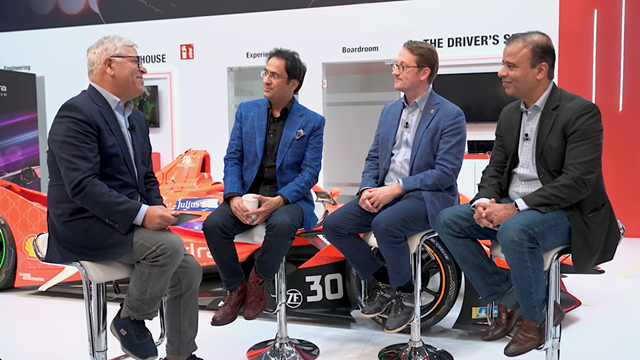Lower latency is one of the big gains on offer from 5G. Turns out it’s fairly easily improved in LTE too

via Flickr © Janitors (CC BY 2.0)
As it becomes apparent that the top-end access speeds generated by LTE Advanced are as good as the speeds expected by initial 5G deployments, there have been cries of ‘foul’ from some observers who had been taking the 5G hype on-board and thus expected there to be a huge leap in speed at the device when 5G (however you define it) is finally delivered.
They should have listened more carefully. Many carriers have long insisted that LTE had a long and fruitful life in front of it and would blend well into what is expected to be the 5G period.
Yes, 5G can bring with it an increase in speed for users, but that may be more a function of base station density spurred on by more cost-effective small-cells and operators’ willingness to deploy them.
That’s the nature of hype, the gains always turn out to be less, or further away, or just different, than you’ve been led to expect.
There’s another area which is being hyped and may equally be found out. Low latency services in 5G are targetting less than a millisecond, and to get there it’s necessary to site cloud nodes at - relatively - the ‘edge’ of the network. Light can only travel so fast, after all.
The need for such a development is predicated on the belief that humans notice delay after a new milliseconds, so if you want an application that appears to perform over the network in human real time - such as the oft-mentioned distance surgery - you have to turn that data around at the edge of the network PDQ, which probably means constructing or organising edge data centres - an expensive business.
So the question soon arises: how many applications are going to need sub millisecond delay? How much will they be prepared to pay to get it? That’s pretty-much an unknown - as so much can change in five to ten years.
And, just to complicate things, the evil of network latency is diminishing and can be made to diminish even faster with a concerted effort to develop key protocols. In fact you can shave latency down to 2ms over the current air interface, according to results achieved by Huawei and NetEase. Researchers at the two companies have jointly completed an LTE latency test at Huawei Lab for online games that utilize the latest low-latency solution by making use of key technologies complying with 3GPP Release 15.
One is called Short TTI. Test results show that the loopback latency over the air interface dropped to 2 ms, compared with 20 ms on LTE networks that do not use this low-latency solution. While the average end-to-end (E2E) latency dropped to 33 ms, a decrease of more than 30 per cent and sufficient to provide a smooth, zero-freeze gaming experience.
Those tests, claim the researchers, prove that low-latency technology can improve the experience of interactive gaming services. And while we’re not sure how many surgeons are queueing up to make use of 5G for distance surgery, we know the basic facts on real-time gaming.
Games such as Rules of Survival have currently attracted more than 100 million registered gamers. Many of those may even be willing to pay a little more for their service to get the improved speed AND latency potentially on offer from Short TTI. LTE anyone?
Email Newsletters
Sign up to receive TelecomTV's top news and videos, plus exclusive subscriber-only content direct to your inbox.




